Europe & Turkey—Day 26: Pergamum
Posted by DrKoineApr 25
April 25, 2010 (Sunday)
Pergamum. We get up a little later today, since we are less pushed. Our schedule has only one objective, the acropolis of Pergamum, and we already are almost there. Since we have been to the Pergamum acropolis before, we are catching specific targets Jerry has mapped out to supplement what he already has for his classroom work. We get breakfast at the hotel, and then head to the Pergamum acropolis just outside the Bergama city limits. As we are leaving, the hotel manager asks if we would mind giving his daughter a ride to her school, which, he explains, is right on the way to the Pergamum acropolis, which we are happy to do. She’s a 9th grader and speaks only a little English, but is able to say “stop” when we need to let her out. Sweet girl.
Pergamum Theater. We drive up the steep grade to get to the top of the acropolis and get to the site just as it’s opening, so very few people are here. We go straight to the theater to do a movie. Oh my, I had forgotten how steep the theater is, and my vertigo is awful! We record a good “talking head” movie, and Jerry, of course, traipses all the way up and down the theater steps with ease. He does a movie from the bottom of the theater, and then we head to Trajan’s temple. In the image below, find the people moving back up to the top.
Can you find Jerry in the picture below? He is at the bottom in the remnants of what is called the skene, or backstage.
The boy has no fear and no vertigo. He is just a hustling up and down the steep, steep steps—and no handrails!
Trajan’s Temple. Though only a small portion of the temple itself survives, the platform area is just as beautiful as we remembered. We are at the very peak of the ancient acropolis, and the commanding view of the valleys below is magnificent. The temple stands as an important witness to the reality of emperor worship in early Christian experience and the powerful threat and constant challenge the imperial cult posed to gospel proclamation—the image that chisels the background to the book of Revelation into bold relief. The first picture below is looking up from the theater to the top of the acropolis past the foundational terraces constructed to support the entire Trajan Temple complex.
Inscriptions are displayed near the temple area, and, interestingly, even I now can read some of them after observing Jerry for several weeks! Jerry does a movie of me reading an inscription in Greek and then translating into English. How about that!! He says he is going to use the movie in his Introductory Greek class to tell his students that if his wife can do that after only a few weeks listening to her husband, surely they can learn Greek in a semester!
The first word in the inscription, Jerry says, is autokratora, the root from which we derive our word “autocrat.” In ancient Roman inscriptions, this word is translated “emperor.” In the imagery evoked by the word, the emperor claims to be the “self-powered” one, that is, the one who is more powerful than anyone else and stands secure on his own two feet under his own power. Interestingly, Jerry says, the most common name for God in the book of Revelation is pantokrator, or “all-powerful one,” which often is behind our English translation, “Almighty.” Jerry thinks this pantokrator term for God is oneupmanship on John’s part against the autokrator of imperial propaganda. This rhetoric for the name of God in Revelation is bold, political counter-propaganda, John’s deliberate broadside across the bow of Rome’s imperial ship of state. The one who truly stands on his own power with feet like burnished bronze is one like a Son of Man (Rev 1:15); this one is the true ruler of the kings of the earth (Rev 1:5). Indeed, the “self-powered” emperor to whom this inscription refers lies in his grave to this day. The grave of the king of kings, however, lies empty to this day. So, who really has the power? Jerry just loves to see this word autokratora beginning Roman imperial inscriptions. He says this relic of a once glorious and mighty empire is a constant reminder to him of one of the greatest ironies of human history and one of the deepest truths of Christian proclamation: the gospel of his Son, who was . . . declared to be the Son of God with power according to the Spirit of holiness by his resurrection from the dead—Jesus Christ our Lord (Rom 1:3–4).
Pergamum Aquaducts. After the inscriptions, we head north behind the temple area to find the water supply that Mark Wilson had told us about that we missed the first time here, and we are successful! We go further down the back side of the acropolis and are able to see the remains of the Roman aqueducts in the fields below! What an amazing water system the Romans used. Here at Pergamum, instead of gravity, the Romans designed a siphoning system that ran the water up tunnels into Pergamum.
Altar of Zeus. Next, we head over to the sparse remains of the foundation of the Altar of Zeus for a movie. (The reconstructed altar is in the Pergamon Museum in Berlin. For a video of the Berlin display, click here.) About all you can see today perched on the point of the acropolis where the temple once stood with its commanding view of the valley is a small grove of trees. On the right side of the trees you can see the bare outline of the original steps of one of the wings of the “U” shaped entrance.
While Jerry was taking pictures of the Zeus Altar, I noticed the beautiful blooming flowers all around us. I got out my iPhone and took this picture. Truly lovely.
Pergamum Library. From the altar of Zeus, we next search for the famous Pergamum library, which proves pretty difficult to find, if not impossible. Finally, Jerry spots and translates a German sign about the library, which helps him locate the proposed site. No restoration work has been done, so telling much about the library is hard. Jerry does think that the German identification of the place of the library running the northern length of the main courtyard of the Athena Temple is correct, as this squares he says with information about the library from ancient sources, though these references are admittedly somewhat vague.
The ancient library at Pergamum rivaled that of Alexandria. Plutarch claimed the library held 200,000 volumes, but we really have no way of knowing, since no index or record from ancient times has survived. King Eumenes II of Pergamum ordered the library’s construction, but its future later was threatened when the Ptolmaic dynasty ruling Egypt eventually refused to ship papyrus, an ancient form of paper universally used for writing that was produced only in Alexandria from the reeds along the Nile River, to Pergamum in a severe case of library envy. As to be expected, necessity is the mother of invention. Eumenes II refused to bow the pen. He put his scientists and inventors to work, and parchment was their miracle product. Parchment is a thin sheet of sheep or goat skin that is highly durable. This Pergamese invention of parchment, in fact, changed history. The long-standing Egyptian monopoly on the raw materials of writing was broken, and the eminently more durable and lasting form of books caused knowledge to advance much more rapidly throughout Europe and Asia.
Now, Jerry actually is in the picture below. Can you find him? As a hint, let me just say that, as usual, to “get the shot,” he is walking a wall.
And here are the shots he wanted. He said he was looking for that “long angle” running the length of the library. As I have said before, I am lucky to have him in one piece after any of these trips of ours.
Jerry thinks the regularly-spaced holes in the stone walls might have been for the support beams of the roofing, but he is not sure.
Hellenistic Houses. From there we head off in search of the famous Hellenistic houses with their wall frescos and mosaics. No signs exist to show us how to get to these homes, so we wander around a little. We eventually determine the path that we need to take actually leads down the steep slope away from the theater and on past the Altar of Zeus, and so we’re off down that path to find House Z (Bau Z).
We found House Z, and the residence was worth the search, for its beauty is truly amazing. The mosaic floors are original to the site and are more complete than any we saw in the archeological museum in Hatay (ancient Antioch of Syria; for that blog post, click here) or in the terrace houses at Ephesus (for that blog post, click here). Jerry was delighted. He took pics and did a movie.
The first picture below shows what Jerry at first thought was like a mini-odeon, only this one inside a private home. In contrast to a large theater, an odeon was a smaller public structure for more intimate musical performances, poetry recitations, and other cultural assemblies. We later learned, however, that this structure was part of a heroon to Diodoros Pasparos. A heroon was a shrine either to commemorate or to worship a hero. Both Greeks and Romans had a pervasive cult of heroes tradition. The strength of this type of cult was the association of the welfare of an ancient city with the heroes attached to that city. Often, the bones of the hero were preserved in the heroon, but not always. In some sense the hero was thought to be present in the cult activity, and the cult activity was thought to insure the hero’s allegiance to the city. The heroon hall is in the second picture. The corner artwork of this hall symbolizes military and gladiatorial themes.
The picture below is quite instructive for the history of the house. The archeologists intentionally have left the bare remnants of the original Hellenistic period mosaic floor of the house. This level would be the slightly larger white stones just above the middle of the picture. The Roman period mosaics are the smaller stones making up the geometric shapes. These stones simply were laid on top of the earlier Hellenistic floor. The next picture shows the entire walkway.
This design in the picture below features Dionysus. The figure of Dionysus was very common in Roman mosaics.
In the design below, the outer octagonal frames are comprised of theater masks. The inner group of four octagonal frames have two pairs of images facing each other; one is a pair of leopards, and the other is a pair of roosters. These represent gladiatorial themes. Thus, the floor is designed with a theme of two of the most common forms of public entertainment of that culture: the theater and gladiatorial combat.
Divided Paths. Jerry decided to take a hike further down the steep mountainside to find another Hellenistic house mentioned in the Reddish resource book. Some people are heading back up the path to the main site, so Jerry tells me to follow them rather than trying to keep up with him, because he will have to move quickly to span the distance all the way down and back up, so I return back up to the main site with this group. Unexpectedly, though, I discover only later that this path I am following with this group instead of returning to the main site at the top of the acropolis where the theater and Trajan temple are, rather brings me right out at the bus parking area at the entrance to the Pergamum site! I make the assumption that Jerry realizes that this path winds up at the main parking area, and that is why he told me to take this route, because we are pretty much done with our visit. The path is pretty steep and hard to climb, but I make it back up and go to a restaurant to get a Coke light and buy a big bottle of water for Jerry, because I know he’ll be burning up and thirsty when he finally gets back, since we were out of water in our backpacks.
Jerry eventually did find the second house, called the House of Attalos, but he was most distressed to witness its state of decay and inattention. The frescoed walls had all but disappeared, and overgrowth of vegetation was infiltrating and breaking up what remained of the mosaic floors. So sad, Jerry thought. He had no clue why the structure had become so neglected as to be near complete ruin—risking loss forever.
Pergamum Miscue. After a very long while (well over an hour), I think Jerry should have returned by now, so I go up to the entrance and look around for him, but I don’t see him. I continue trying to find him, so I look down the path I came up and still don’t see him. Suddenly, I see him coming down the main road from the main entrance into the Pergamum site and call out to him. Jerry is shaken and quite visibly upset. I find out that he’s been looking for me inside the Pergamum site for the last hour, and, not finding me anywhere on the site (he had run all over the entire site calling out my name) had gotten very worried something awful might have happened to me. Obviously, to say that he is extremely relieved to see me would be an understatement. In fact, he had feared the worst and was very upset. For a while he was just overcome with emotion. He took about 20 minutes to regain control. I feel terrible since I thought he knew the path he told me to follow the people up was different from the one we came down. I’m so glad we’re safe and back together. After resting a while at a restaurant near the ticket area, Jerry finally settled down, and we head back to our car.
We make our way back down the acropolis mountainside. We stop along the way and take more pics of the Roman aqueducts that can be spotted off in the distance from the access road. Jerry’s large zoom lens does an amazing job pulling in the aqueducts.
Red Basilica. We also look down in the valley into the suburbs on the outskirts of Bergama and spot the famous tourist stop called the “Red Hall” or “Red Basilica,” originally a 2nd century temple probably built to the Egyptian god, Serapis, whose construction often is associated with emperor Hadrian. The temple later was converted into a Byzantine church in the 4th and 5th centuries dedicated to the Apostle John, considered to be the author of the book of Revelation. (Pergamum was one of the seven churches in the book of Revelation.) However, association of the spot with the original 1st century Christian community in Pergamum is tourist misinformation often promulgated by tour group leaders, Turkey travel guides, and websites—but completely absent any historical basis. More interesting and factual is the amazing engineering feat the Romans accomplished in building this temple by spanning the Selinus River with a huge bridge 643 feet wide and directing its waters through two massive channels under the temple. The superstructure is still used today for modern buildings and a roadway across the river.
ATM Miscue. We are running short on cash so we stop for gas and find an ATM. My card did not come out after I put it in, and I almost had a heart attack. Fortunately, a lady cleaning around the ATM area interprets my problem, comes over, punches a couple of buttons, and out pops the card! Whew! Jerry and I both had near heart attacks for different reasons on the same day.
FBNO Worship. Back at the hotel, we get cleaned up and go downstairs so we can try to log in to FBNO for church for the live Internet broadcast, and it works! The service is at 9:30 AM in New Orleans but late afternoon for us in Pergamum, Turkey. Hearing is a little difficult with the puny computer speaker system, but we can hear enough to hear the music, with Robert leading the praise band and David preaching his heart out! How wonderful! We have not had Christian fellowship in many weeks, and were really feeling spiritually starved. Brucie Bear, my friend since we were children, who lives in Jackson, is attending the service online too! What a great thing to see everyone online. Like water in the desert.
After church, we walk to the restaurant next door for a change of cuisine for supper, but it’s closed, so back to our hotel to eat. Tonight a different cook is working because a large tour group has arrived since we checked in, and the dinner is much better.
We return to our room to back up all the pictures taken today and charge all the batteries, etc. We are running out of storage space on Cindy’s backup gadget. Fortunately, we think we can get by, since we are nearing the end of our adventure. We have only one more full day of touring, our trip tomorrow to Assos and Alexandria Troas, and then 1 travel day up to Istanbul, a quick afternoon visit to the Istanbul Archeological Museum, and then 1 travel day home the next day!
For a video of the Pergamum action today:
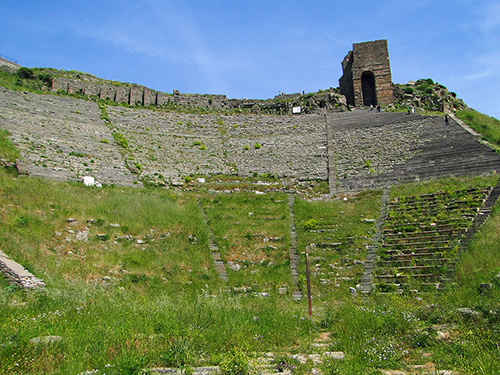

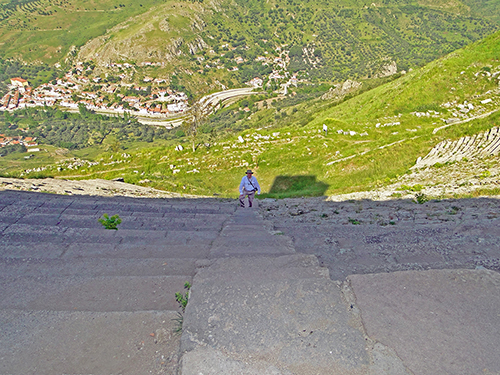
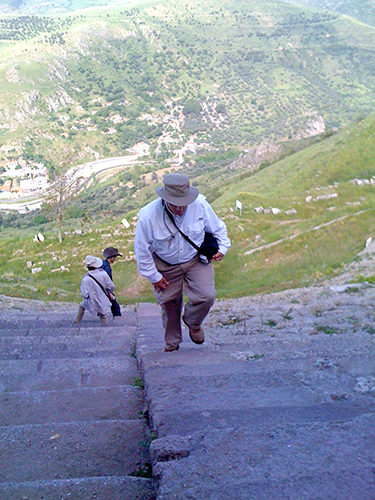
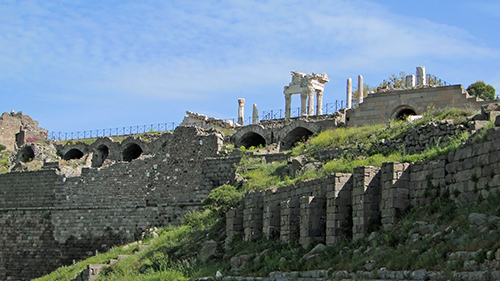
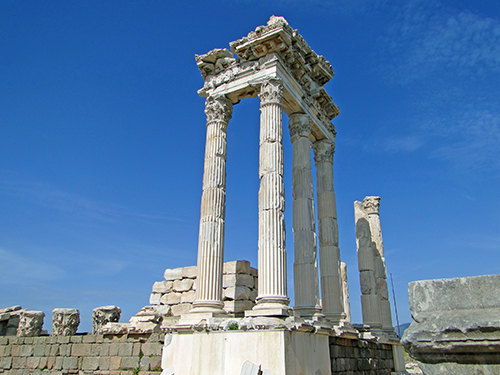
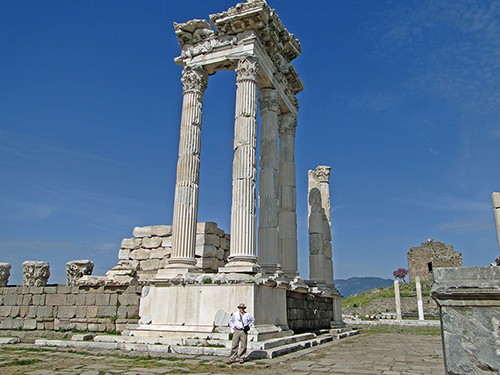
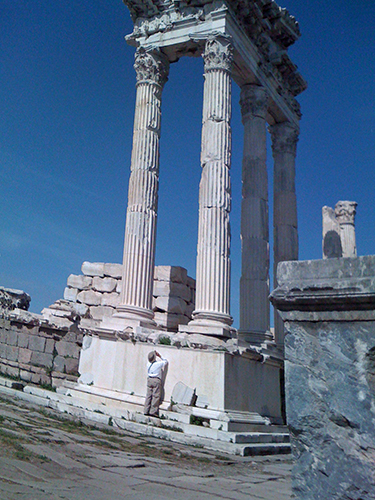

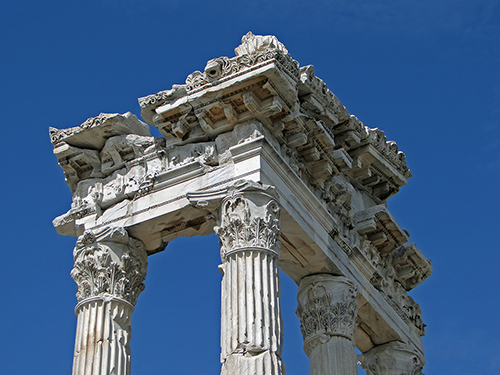
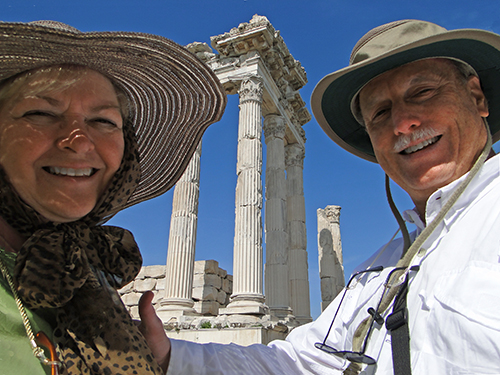
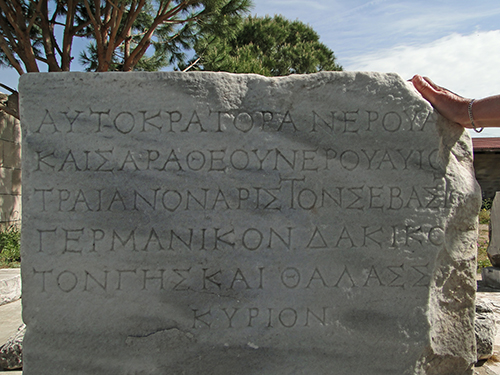

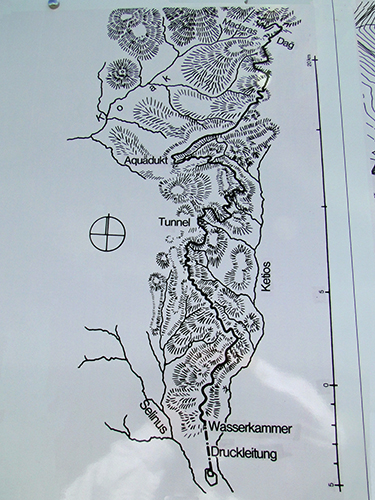

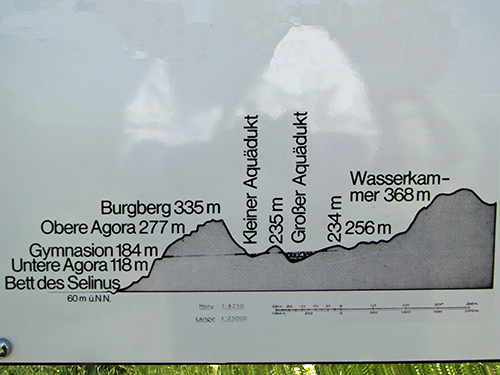
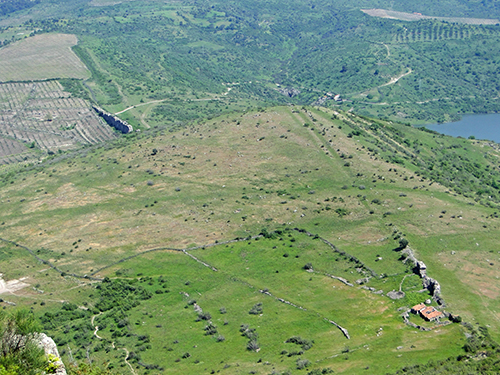
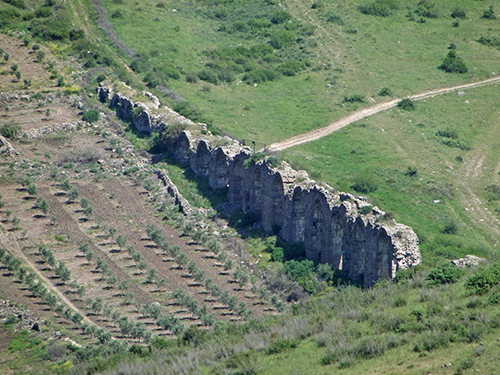
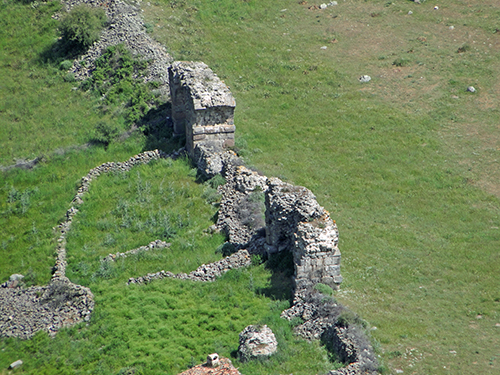
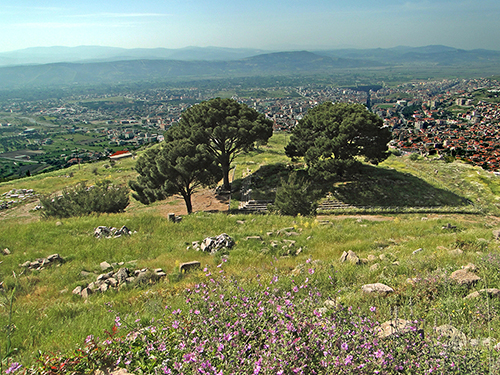
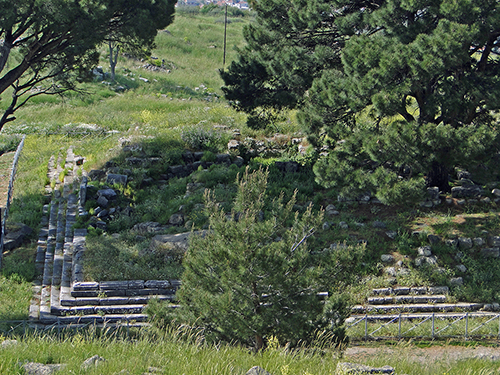
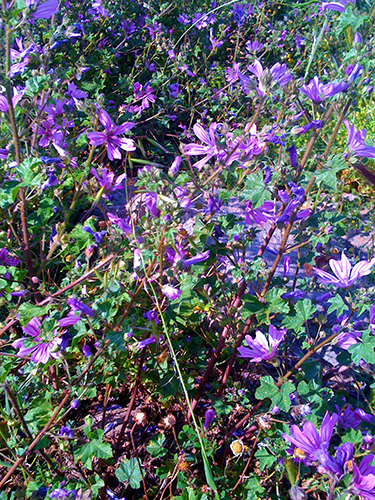
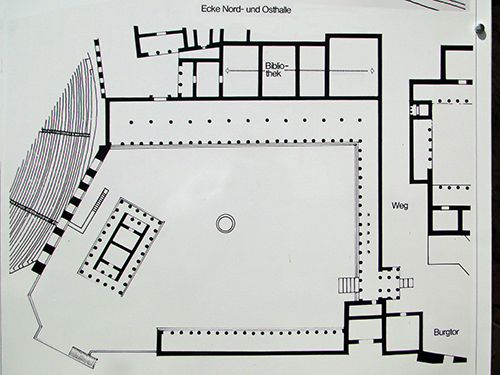
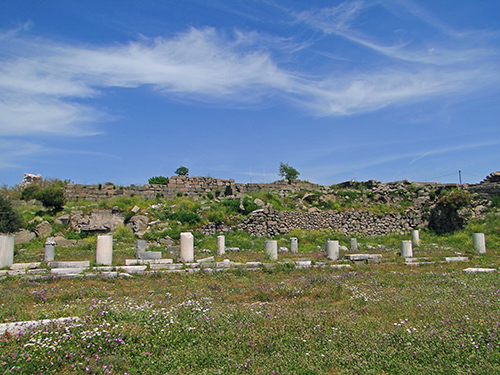
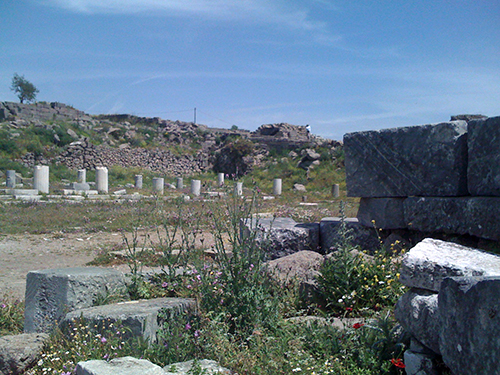
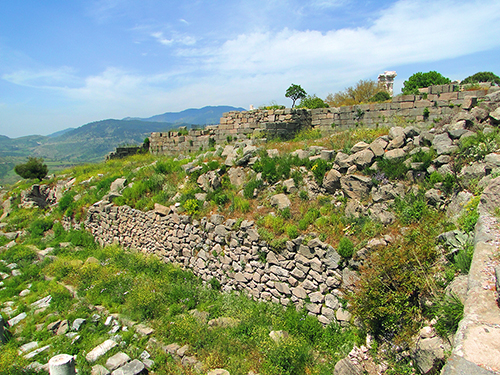
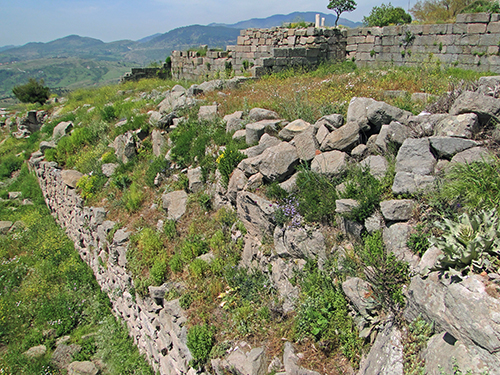

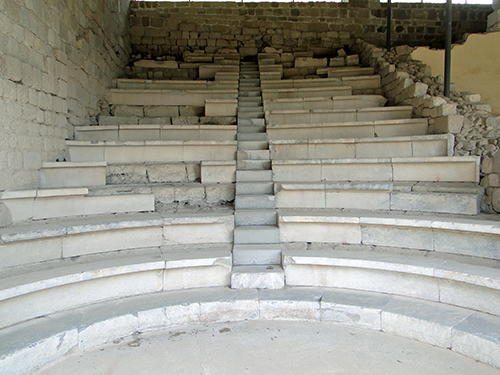
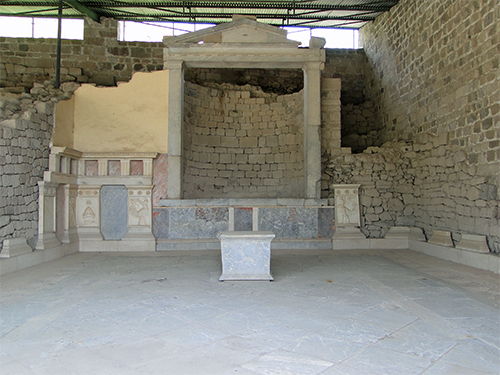
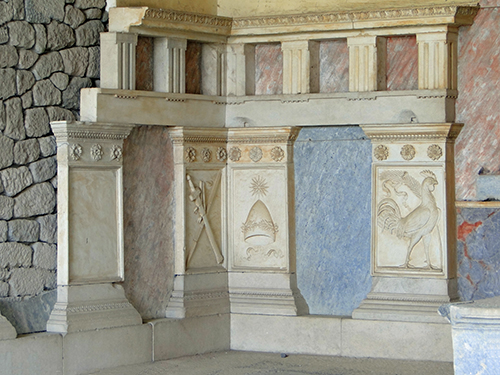
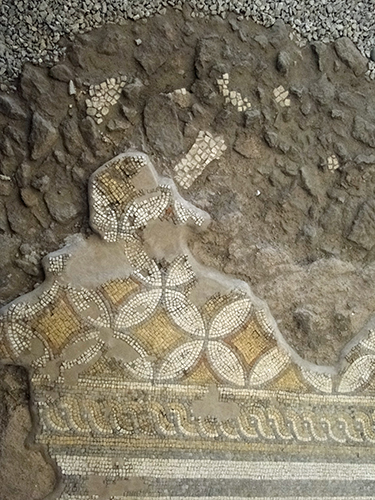

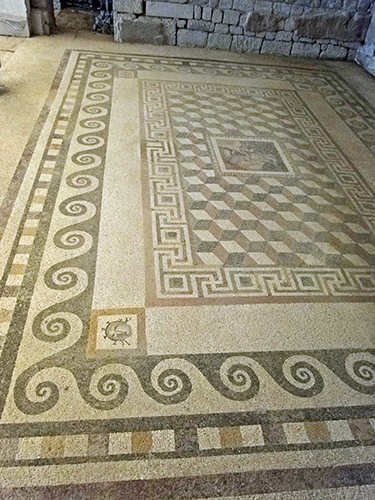

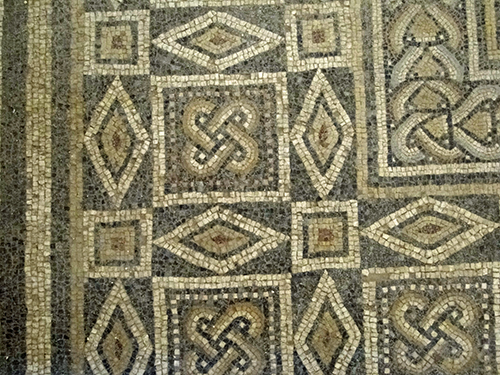
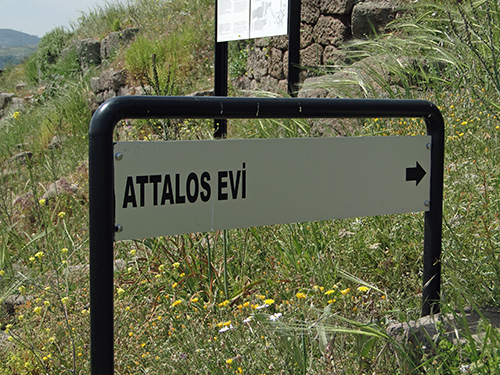

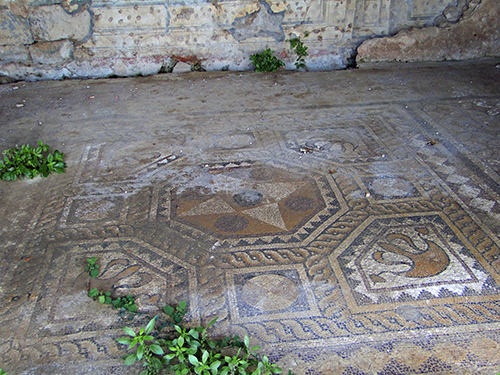
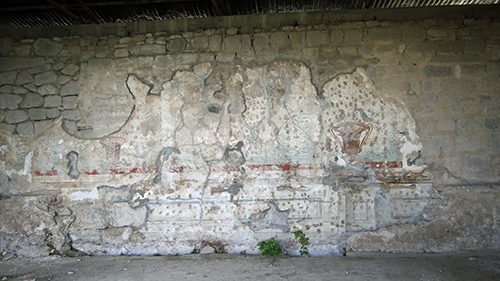

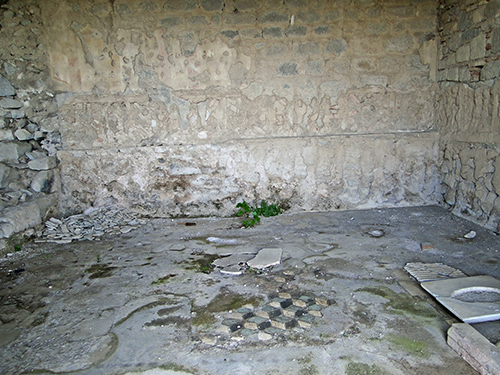
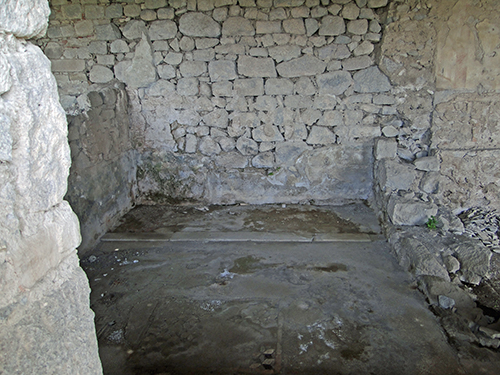
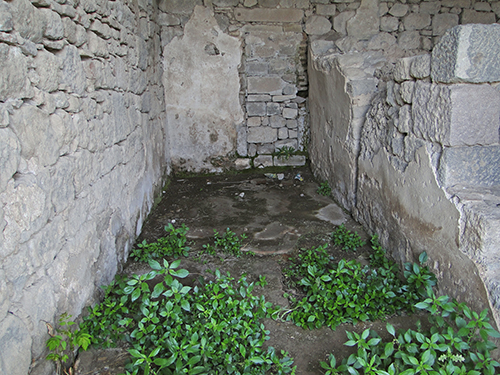
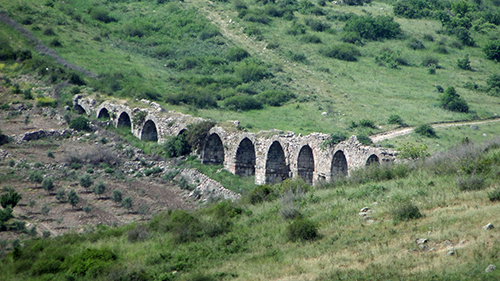
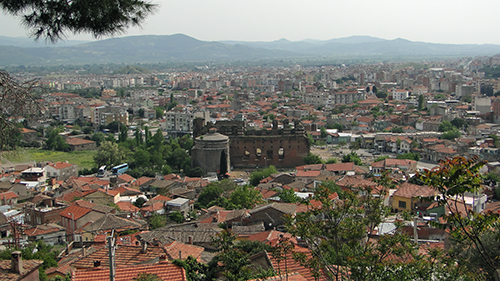
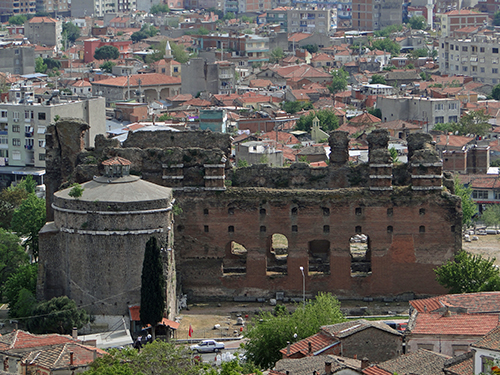
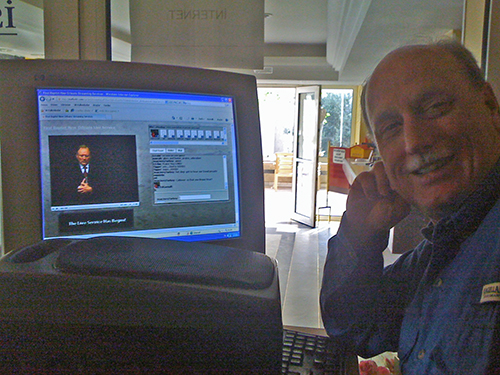

No comments